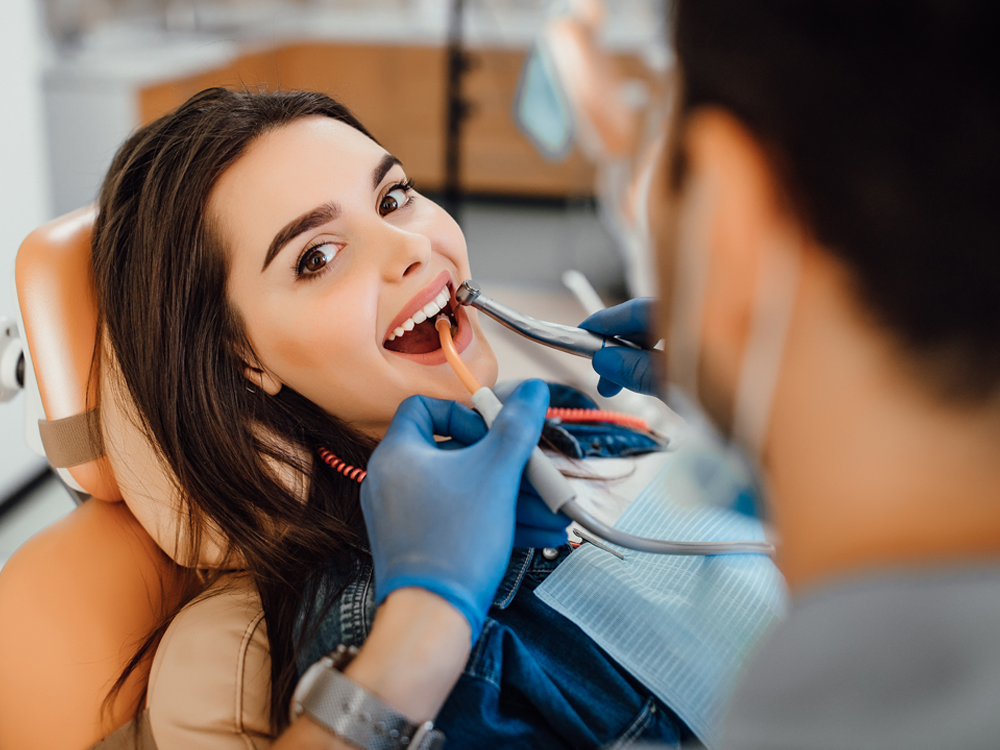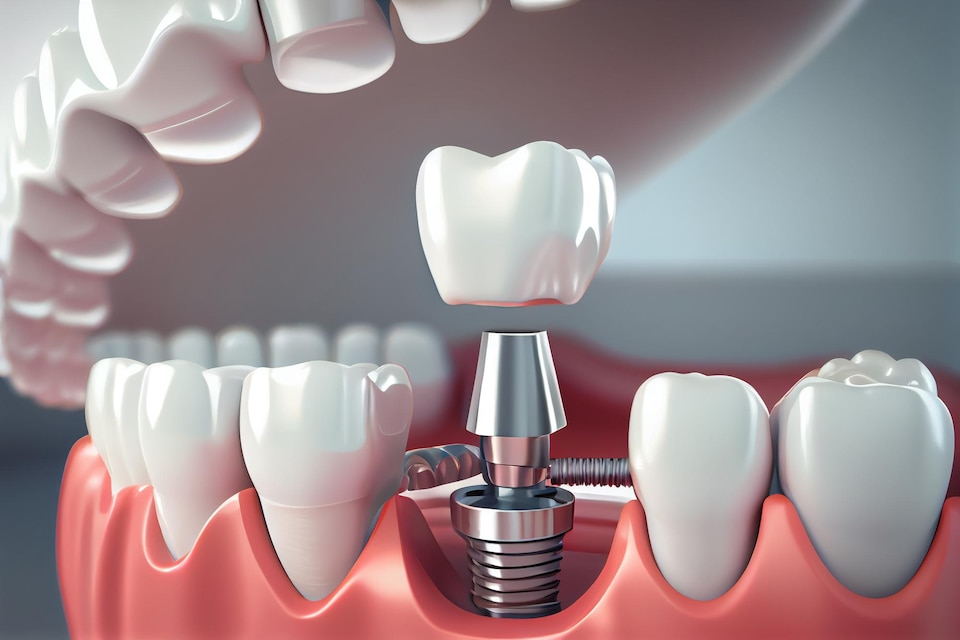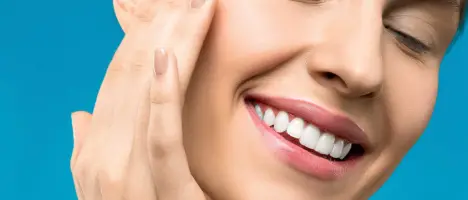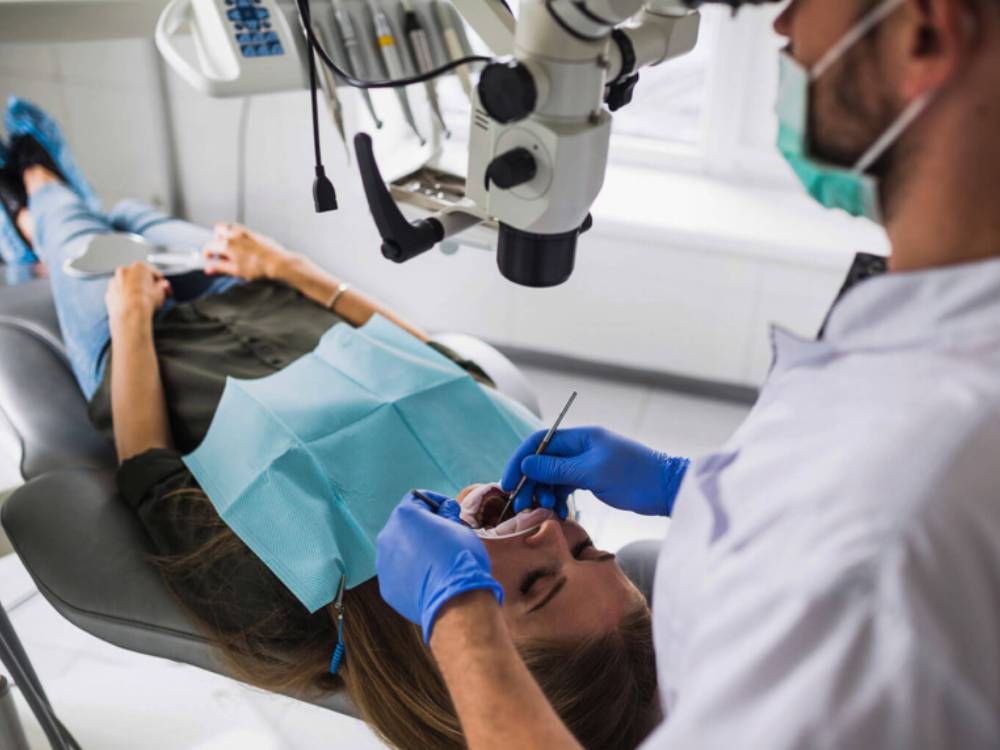Oral Hygiene Tips for Home and Travel: Your Complete Guide

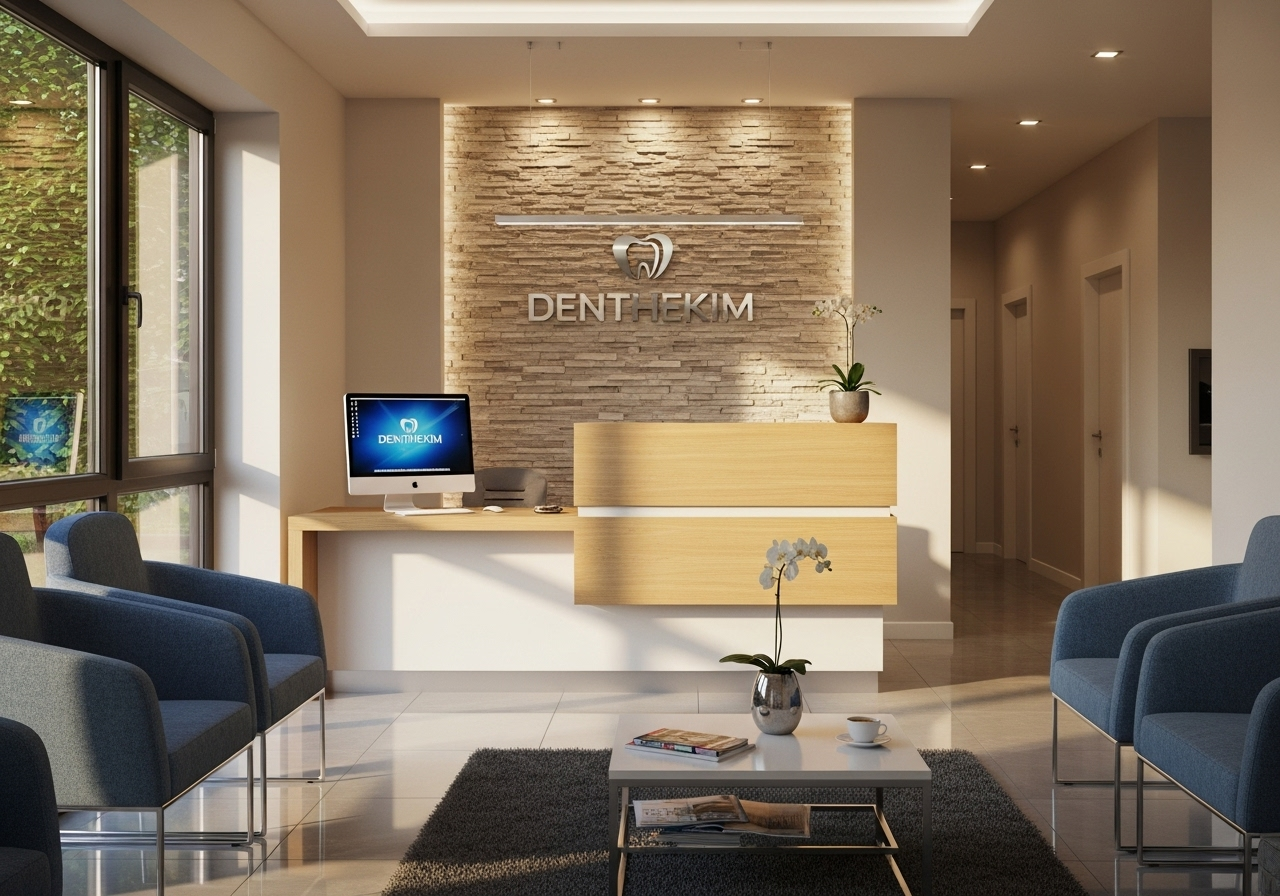
Estimated reading time: 12 minutes
Key Takeaways
- Consistent brushing, flossing, and rinsing remove plaque and calm gums.
- Fluoride toothpaste (1,000–1,500 ppm) and a 0.05% sodium fluoride rinse strengthen enamel.
- Travelers benefit from a compact dental kit, hydration, and sugar-free xylitol gum.
- For veneers, choose low-abrasion toothpaste (RDA ≤ 70) and avoid whitening or tartar-control pastes.
- Planning meals, booking remote consults, and knowing local clinics ensure stress-free dental travel to Turkey.
Table of Contents
- Introduction
- Oral Hygiene Tips: The Foundation of a Healthy Smile
- Oral Hygiene Tips for Travelers
- Best Toothpaste for Veneers
- Dental Care While on Holiday
- Top Foods Good for Dental Health
- Your Patient Journey to Turkey
- Risks, Contraindications, and Alternatives
- Recovery and Aftercare
- Cost Factors and What’s Included
- FAQ
- Conclusion and Next Steps
Introduction
Oral hygiene tips are daily practices—brushing, flossing, and rinsing—that remove plaque, strengthen enamel, and prevent gum disease. Whether at home, on holiday, or traveling to Turkey for dental care, mastering these essentials keeps your smile healthy before, during, and after treatment. In this guide, learn routines for aligners, retainers, and veneers, plus meal strategies, product choices, and packing lists.
Oral Hygiene Tips: The Foundation of a Healthy Smile
Plaque is a sticky biofilm that erodes enamel and inflames gums. Follow this disciplined sequence:
- Brush twice daily for two minutes with a soft-bristle brush at a 45° angle.
- Floss once daily using an 18-inch strand in a gentle C-shape.
- Rinse for 30 seconds with an antimicrobial or fluoride mouthwash; spit but don’t rinse with water.
Visit your dentist every six months for exams, cleanings, and personalized hygiene coaching. Chronic oral inflammation links to systemic risks like cardiovascular disease and diabetes. For more, see the ultimate blueprint and oral health topics.
Oral Hygiene Tips for Travelers
Pack a compact kit:
- Foldable or slim electric brush and travel-size fluoride toothpaste (≤ 100 ml).
- Floss picks or waxed floss, interdental brushes (0.5–1 mm), and a 50 ml mouthwash.
- Waterproof case, retainer case, and pocket mirror.
Stay hydrated—aim for 2 L daily—and chew sugar-free gum with xylitol between meals. Save offline maps of nearby pharmacies. For tips, see 5 dental hygiene tips and the ultimate guide to oral hygiene tips for a healthy smile.
Best Toothpaste for Veneers
Porcelain and composite veneers rely on healthy enamel at the margins. Choose non-abrasive pastes (RDA ≤ 70) and soft-bristle brushes. Avoid whitening agents (hydrogen peroxide) and tartar-control ingredients (PVP, sodium pyrophosphate). Maintain 1,000–1,500 ppm fluoride and consult your dentist. For case studies, see veneers cost, process, and alternatives.
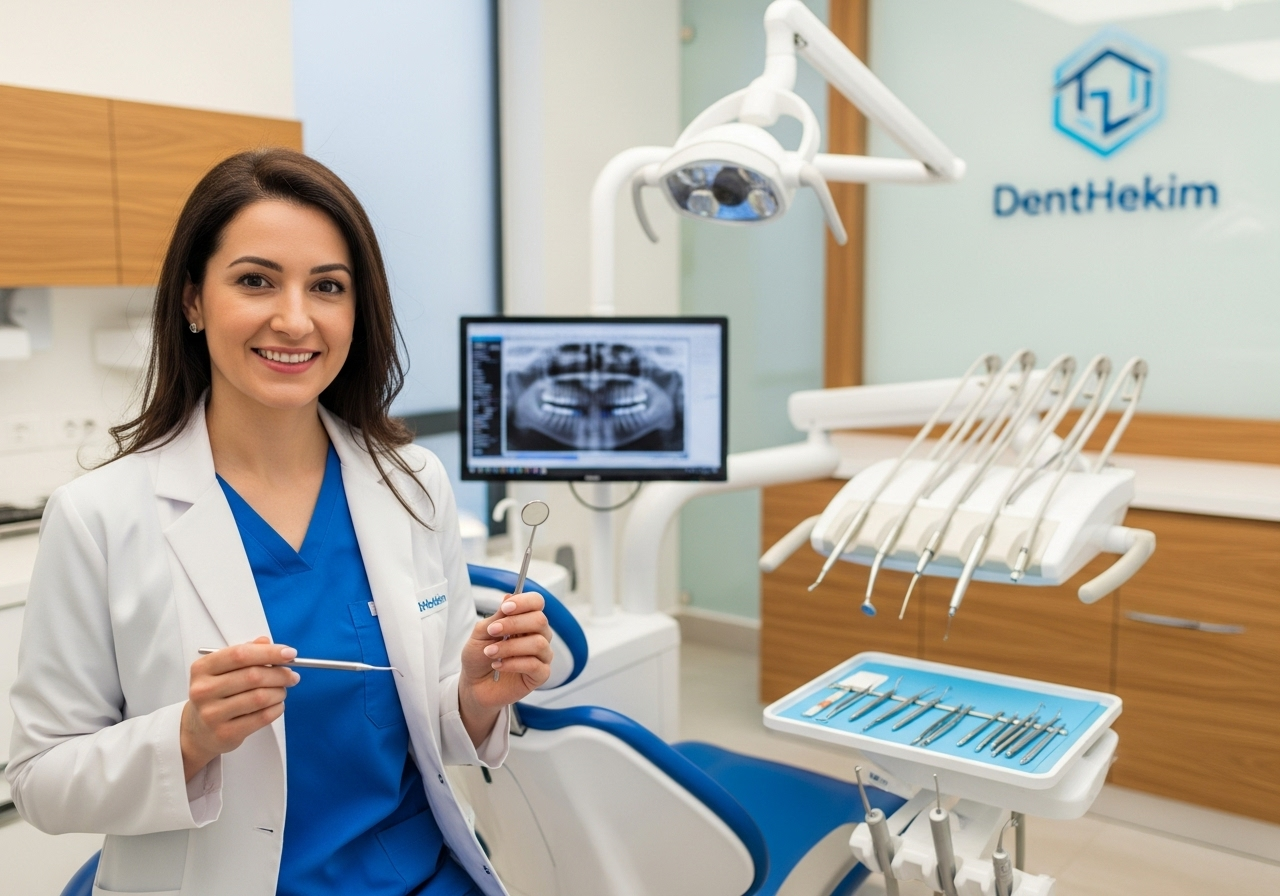
Dental Care While on Holiday
Tie habits to routines: brush after breakfast and before bed, floss at night, and rinse if snacking. Pack ibuprofen, temporary filling material, and orthodontic wax. Know local clinics—save addresses via Google Maps and use ADA’s Find-a-Dentist tool for US standards. Chew xylitol gum after meals. For more, see the ultimate blueprint, oral hygiene guide, and 5 tips.
Top Foods Good for Dental Health
Eat crunchy fruits and vegetables (apples, carrots, celery) to scrub plaque and boost saliva. Include dairy (cheese, yogurt, milk) for calcium and casein; see Calcium factsheet. Nuts and seeds (almonds, walnuts, sunflower) provide phosphorus and magnesium. Sugar-free xylitol gum supports remineralization and acidity control.
Your Patient Journey to Turkey
We start with a remote video consult to review goals, history, and scans. Receive a treatment outline, timeline, and pre-travel guidance. Send local impressions or digital scans for digital smile previews. We assist with visa invitation letters, e-Visa timing, transfers, multilingual support, and hotel recommendations. After your return, enjoy remote follow-ups via photos or videos. Learn about qualifications at dental clinic qualifications in Turkey.
Risks, Contraindications, and Alternatives
Active gum disease, uncontrolled diabetes, heavy smoking, and bruxism require stabilization before elective treatments. Side effects may include sensitivity or minor gum irritation. Alternatives include orthodontics, composite bonding, supervised whitening, and conservative enameloplasty.
Recovery and Aftercare
Expect mild sensitivity after bonding. Continue gentle brushing with low-abrasion fluoride toothpaste, daily flossing, and a 0.05% sodium fluoride rinse at night. Avoid hard or sticky foods, stay hydrated, and chew xylitol gum when brushing isn’t possible. We offer remote video reviews. For detailed aftercare, see aftercare guide.
Cost Factors and What’s Included
Costs depend on case complexity, materials, lab fees, imaging, sedation, and clinical team experience. Seasonal travel, length of stay, and bundled treatments also affect budgets. We provide transparent, itemized proposals—consultations, diagnostics, provisional and final restorations, protective appliances, and a home-care kit. No one-size-fits-all pricing.
FAQ
1. How can I maintain an effective routine if I have veneers and I am traveling to Turkey for treatment?
Switch pre-trip to soft-bristle brushing and low-abrasion fluoride paste. Pack foldable brush, travel toothpaste, floss picks, and rinse. Chew xylitol gum. Post-placement, clean gently at margins, avoid extreme temperatures, and hydrate. Use remote check-ins for technique confirmation.
2. Is daily mouthwash necessary, and which type pairs best with my goals?
A fluoride rinse (0.05%) after evening brushing promotes remineralization; an antimicrobial rinse reduces bacterial load. Avoid high-alcohol or whitening formulas. Swish 30 seconds and don’t rinse with water.
3. What should go in a travel dental kit for long flights and multi-city itineraries?
Include a foldable soft-bristle brush, travel-size fluoride paste, floss picks or roll, interdental brushes, a 50 ml alcohol-free fluoride rinse, orthodontic wax, spare aligner/retainer case, sugar-free xylitol gum, waterproof pouch, pocket mirror, and saline packets. Save offline clinic locations and set routine reminders.
4. How do I pick the right toothpaste abroad if labels and formulas differ?
Look for 1,000–1,500 ppm fluoride, labeled sodium fluoride or monofluorophosphate. For sensitivity or veneers, choose low-abrasion/enamel care. Avoid whitening or tartar-control claims. If RDA isn’t listed, opt for sensitive-teeth formulas. Share ingredient photos with your dentist.
5. How soon can I fly after dental treatment in Turkey, and what should I watch for?
For non-invasive care, flying the next day is often fine; follow hydration and avoid temperature extremes. More invasive procedures need longer buffers. Keep prescribed meds and fluoride rinse in carry-on. Report any concerns via remote follow-ups promptly.
Conclusion and Next Steps
Simple, consistent actions—brushing, flossing, fluoride use, travel planning, product selection, and nutrition—protect your smile at home and abroad. For tailored guidance on traveling to Turkey, remote consults, itinerary-friendly timelines, and ongoing aftercare, Book your appointment today.

